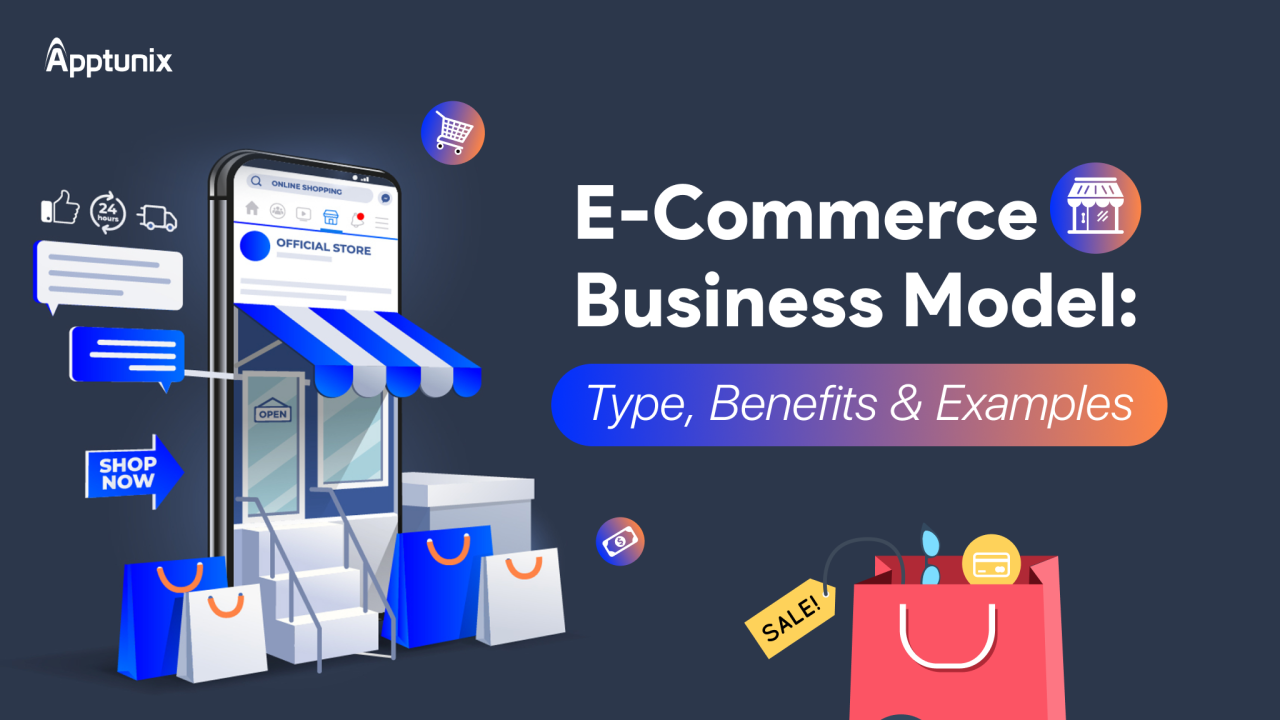
eCommerce Business Models: Type, Benefits and Examples
Choosing the right eCommerce business model is key to thriving in the digital marketplace, where global sales are projected to exceed $7.9 trillion by 2027.
In today’s dynamic retail industry, choosing the right eCommerce business model is crucial for success. The model you select will shape how your business operates, targets customers, and delivers its products or services.
7 Different Types of eCommerce Business Models
There are several different types of eCommerce business models, depending on the target audience and the nature of the transactions. It includes –
Emerging eCommerce Business Models
Check the top emerging eCommerce business models:
1. Just-in-Time (JIT) Purchasing
Order products only when needed, minimizing inventory and storage costs.
Examples: Toyota, Zara
2. Subscription-Based Models
Offer goods or services regularly, ensuring steady revenue and customer loyalty.
Examples: Dollar Shave Club, Netflix
3. White-Labeling and Private Labeling
Rebrand third-party products under your own brand. White-labeling is generic, while private labeling allows more customization.
Examples: AmazonBasics
领英推荐
4. Dropshipping
Sell products without holding inventory; suppliers ship directly to customers.
Examples: Shopify stores, Oberlo
Top 5 Benefits of eCommerce Business Models
Let’s now learn how eCommerce business models will benefit your business:
1. Global Reach
Access to international markets, increasing brand visibility and attracting a global customer base.
2. Lower Operational Costs
Reduced expenses on rent, utilities, and staffing, allowing more investment in marketing and development.
3. Personalized Customer Experience
Utilizes data analytics to offer customized recommendations and tailored experiences, enhancing customer satisfaction and boosting sales.
4. Diverse Revenue Streams
Multiple income sources, such as affiliate marketing and subscriptions, improve financial stability and adaptability.
5. Scalability
Rapid growth potential without significant infrastructure changes, enabling flexible expansion and operational efficiency.
Selecting the right eCommerce model depends on your business goals, target audience, and the nature of your offerings. Understanding these models helps in aligning your strategy to effectively meet market demands and achieve long-term success. Get in touch with the right eCommerce app development company to choose the right eCommerce business model that aligns with your business objectives & goals.
Digital Marketing | Cyber Security | Google Analytics, Adwords, Adsense | Computer Networks | Data Science & Analytics | Artificial Intelligence
2 个月great article and insights.
Transforming Your Business Online: From Concept to Conversion?? I User Researching I Wireframing I Prototyping I Figma Expert I Redesign Expert I Woo-commerce I Elementor I Divi I Web Design I Human Centered Designing ?
2 个月????